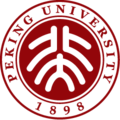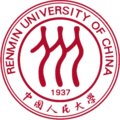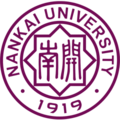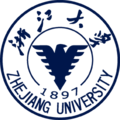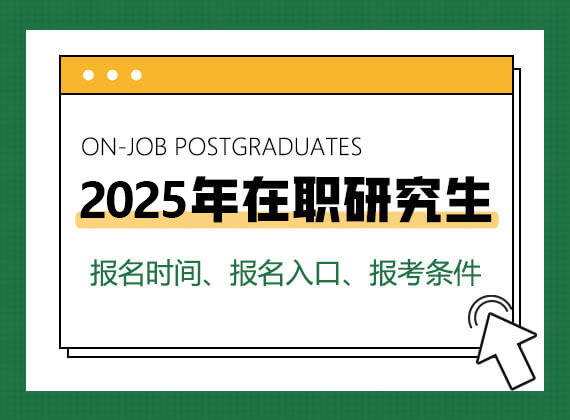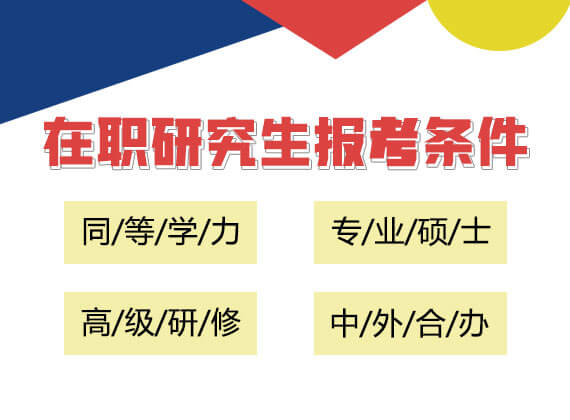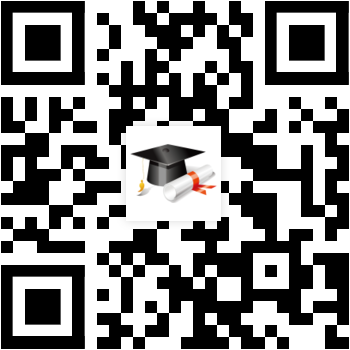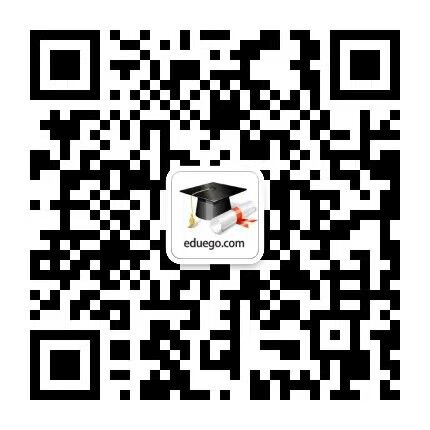四川大学2005年博士研究生入学英语考试题
来源:在职研究生招生信息网 发布时间:2011-10-25 15:51:00
I. Reading Comprehension 30%, 1 mark each)
Passage 1
As the horizons of science have expanded, two main groups of scientists have emerged. One is the pure scientist; the other, the applied scientist.
The pure or theoretical scientist does original research in order to understand the basic laws of nature that govern our world. The applied scientist adapts this knowledge to practical problems. Neither is more important than the other, however, for the two groups are very much related. Sometimes, however, the applied scientist finds the "problem" for the
theoretical scientist to work on. Let's take a particular problem of the aircraft industry: heat-resistant metals. Many of the metals and alloys which perform satisfactorily in a car cannot be used in a jet-propelled plane. New alloys must be used, because the jet engine operates at a much higher temperature than an automobile engine. The turbine wheel in a turbojet must withstand temperatures as high as 1,600 degrees Fahrenheit, so aircraft designers had to turn to the research metallurgist for the development of metals and alloys that would do the job in jet-propelled planes.
Dividing scientists into two groups is only one broad way of classifying them, however. When scientific knowledge was very limited, there was no need for men to specialize. Today, with the great body of scientific knowledge, scientists specialize in many different fields. Within each field, there is even further subdivision. And, with finer and finer subdivisions, the various sciences have become more and more interrelated until no one branch is entirely independent of the' others. Many new specialties --geophysics and biochemistry, for example -- have resulted from combining the knowledge of two or more sciences.
1. The applied scientist ______.
A. is not always interested in practical problems B. provides the basic knowledge for practice
C. applies the results of research to practice D. does original research to understand the basic laws of nature
2. The example given in the passage illustrates how ___.
A. pure science operates independently of applied science B. the applied scientist discovers the basic laws of nature
C. applied science defines all the areas in which basic research is done D. applied science suggests problems for the basic scientist
3. The problem discussed in the second paragraph called for____.
A. selecting the best hear-resistant metal from existing metals
B. developing a turbine wheel capable of generating heat up to 1,600 degrees Fahrenheit
C. developing metals and alloys that would withstand terrific temperatures
D. causing the jet engine to operate at higher temperatures
4. Finer mad finer subdivision in the field of science has resulted in_____.
A. greater independence of each science B. greater interdependence of all the various sciences
C. the eradication of the need for specialists D. the need for only on classification of scientists
5. "The horizons of science have expanded" means that____.
A. the horizon changes its size from year to year B. science has developed more fields of endeavor
C. scientists have made great progress in studying the horizon D. scientists can see further out into space
上一篇: 2009年同力申硕英语全真模拟试题(二)
下一篇: 首都医科大学2005年心内科(博士)

